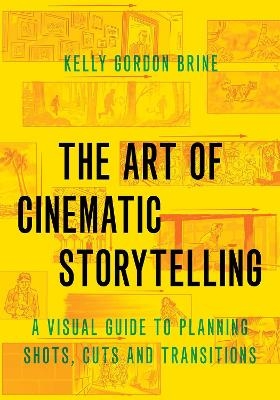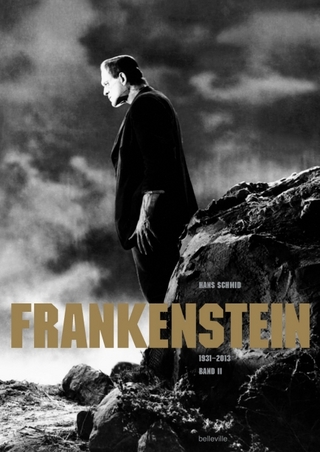
The Art of Cinematic Storytelling
Oxford University Press Inc (Verlag)
978-0-19-005433-5 (ISBN)
- Titel ist leider vergriffen;
keine Neuauflage - Artikel merken
To dramatize a story using moving images, a director must have a full understanding of the meaning and emotional effect of all the various types of shots and cuts that are available to advance the story. Drawing upon his extensive experience as a storyboard artist who has worked with over 200 directors and cinematographers on television series and movies, author Kelly Gordon Brine provides a practical and accessible introduction to the design of shots, cuts, and transitions for film, television, animation, video, and game design.
With hundreds of illustrations and diagrams, concise explanations of essential storytelling concepts, and vivid examples, The Art of Cinematic Storytelling demystifies the visual design choices that are fundamental to directing and editing. The author delves deeply into the techniques that visual storytellers use to captivate their audience, including blocking, camera positioning, transitions, and planning shots with continuity editing in mind. Practical advice on how to clarify time, space, and motion in many common situations — such as dialogue, pursuits, and driving sequences — makes this book an invaluable guide for all aspiring filmmakers.
Kelly Gordon Brine is a storyboard artist. He has worked on dozens of television shows, including The Witcher, Umbrella Academy, Lost in Space, Jessica Jones, and Person of Interest, and has taught drawing as an assistant professor at the University of Toronto. He holds a Bachelor of Mathematics degree.
Introduction
Chapter 1: Seven Film Storytelling Essentials
Chapter 2: Using Storyboards
Chapter 3: Shot Composition Basics
Chapter 4: Camera Angles, Lenses and Storytelling
Chapter 5: Designing Shots for Storytelling
Chapter 6: Continuity Editing Basics
Chapter 7: Storytelling Cuts and Film Grammar
Chapter 8: 3D Spatial Continuity and 2D Screen Geography
Chapter 9: Compressing, Expanding and Ending Scenes
Chapter 10: Beginning Scenes and Using Transitions
Chapter 11: Stories with Stationary Action
Chapter 12: Stories about a Moving Character
Chapter 13: Stories about Searching
Chapter 14: Stories about Following or Chasing
Chapter 15: Two-Character Dialogue
Chapter 16: Three-Character Dialogue
Chapter 17: Group and Crowd Scenes
Chapter 18: Shooting Driving Scenes
Chapter 19: Blocking and Cinematic Storytelling
Glossary of Filmmaking Terms
| Erscheinungsdatum | 06.10.2020 |
|---|---|
| Zusatzinfo | 266 illustrations |
| Verlagsort | New York |
| Sprache | englisch |
| Maße | 175 x 251 mm |
| Gewicht | 658 g |
| Themenwelt | Kunst / Musik / Theater ► Film / TV |
| ISBN-10 | 0-19-005433-6 / 0190054336 |
| ISBN-13 | 978-0-19-005433-5 / 9780190054335 |
| Zustand | Neuware |
| Informationen gemäß Produktsicherheitsverordnung (GPSR) | |
| Haben Sie eine Frage zum Produkt? |
aus dem Bereich


